T4K3.news
Teeth color signals health clues
A health focused look at tooth color and what it may mean for wider health.
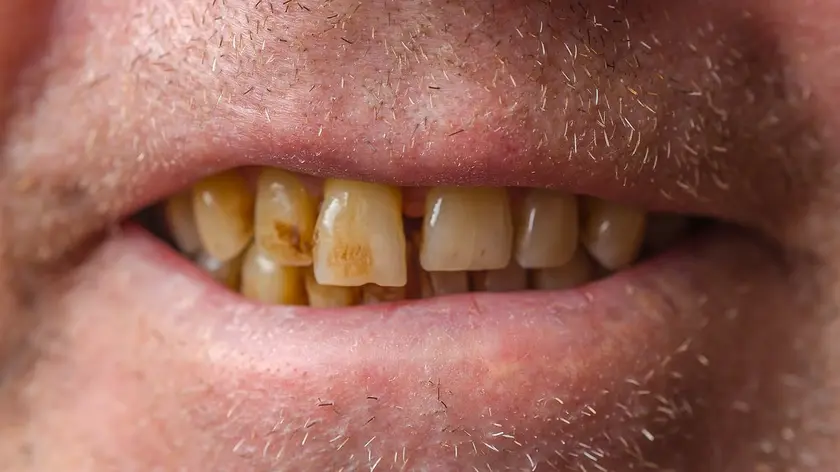
A health minded look at how tooth color can hint at wider medical issues and why dental cues matter.
Tooth shade signals hidden health issues
Tooth color is often treated as cosmetic, but experts say it can reveal health clues. A dental technologist, Allen Zhang, notes that color changes can signal problems early and that simple tools like intraoral cameras help spot issues before they become serious. The article also cites a broad health context, including a fact from the Centers for Disease Control and Prevention that 3.7 billion people worldwide suffer from oral diseases. While discoloration can point to health problems, it is not a diagnosis and should be evaluated by a professional.
The piece describes common color changes and what they may mean. Yellow stains from tea or coffee might hide liver issues in some cases. A dull grey shade can indicate a dead tooth after trauma and sometimes relates to systemic conditions such as celiac disease, which can affect enamel. Brown spots can be early signs of decay or result from excessive fluoride exposure during development. Blue or grey stripes in childhood teeth can come from antibiotics given at a young age. Chalky white patches can mark early decay or enamel defects tied to celiac disease. The article emphasizes that proper interpretation requires a clinical exam, not self diagnosis, and that prevention hinges on regular dental care.
Key Takeaways
"Your teeth can reveal early warning signs if you know what to look for."
Said by Allen Zhang, dental technologist and founder of ProDENT
"Dark black discolouration can mean advanced decay"
Explained by Mr Zhang
The story frames tooth color as a practical health signal, not a cosmetic concern. That framing invites readers to engage with their mouths as a health barometer while recognizing the limits of what color alone can tell. A key challenge is balancing caution with reassurance so readers do not panic over harmless stains. By grounding claims in expert input and a global health stat, the piece builds credibility while avoiding sensationalism.
The piece also highlights broader questions about access and health literacy. If people start monitoring tooth color at home, disparities in dental access could widen if signals are misinterpreted or medical follow up is delayed. The use of intraoral cameras could democratize detection, yet the guidance remains clear that any concerning signs require professional evaluation. In the end, the article nudges readers toward proactive, informed care rather than quick self diagnoses.
Highlights
- Teeth are a health map you can read with the right tools
- Discoloration is a clue not a verdict
- Reading teeth early can prevent bigger health issues
- Health literacy starts with what we notice in the mouth
Health clues travel from the mouth to the body and back again
Enjoyed this? Let your friends know!
Related News
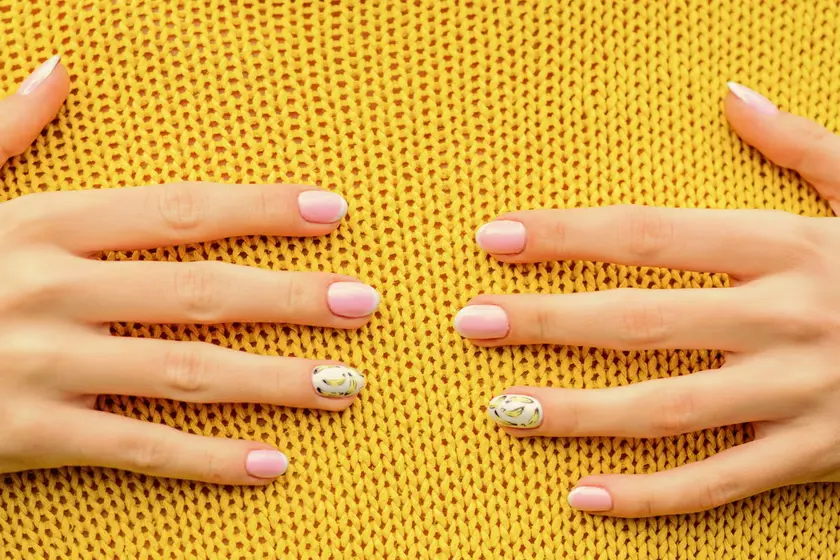
Nail changes and health
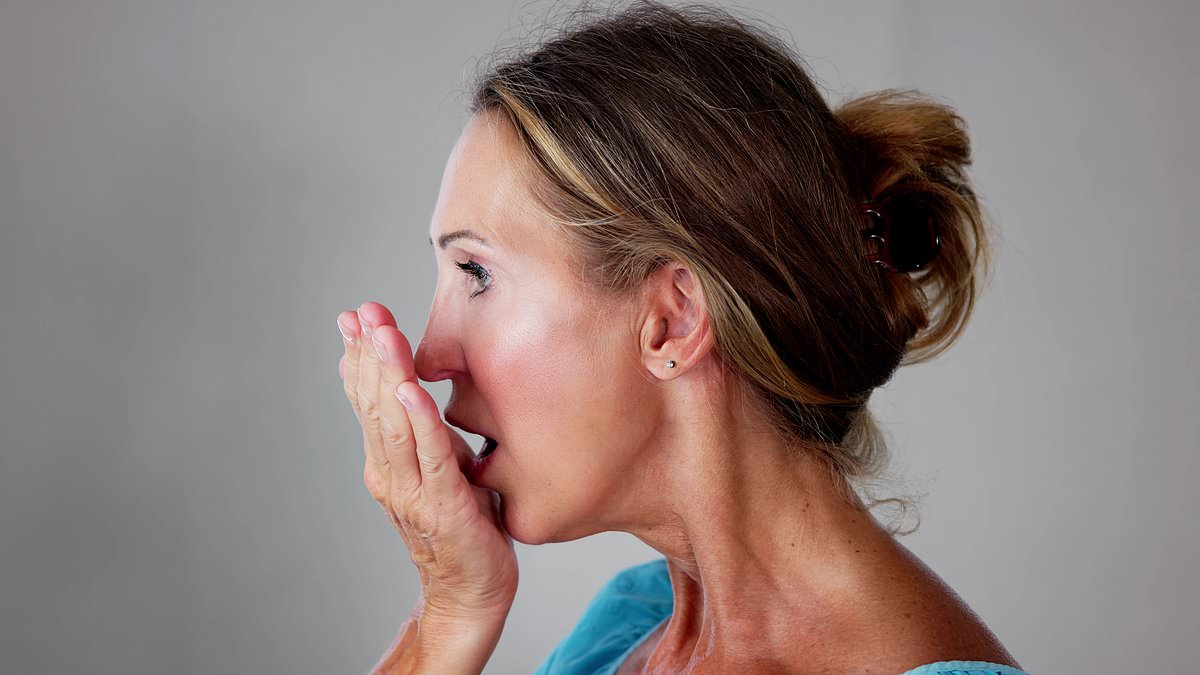
Breath odors can hint at serious health problems
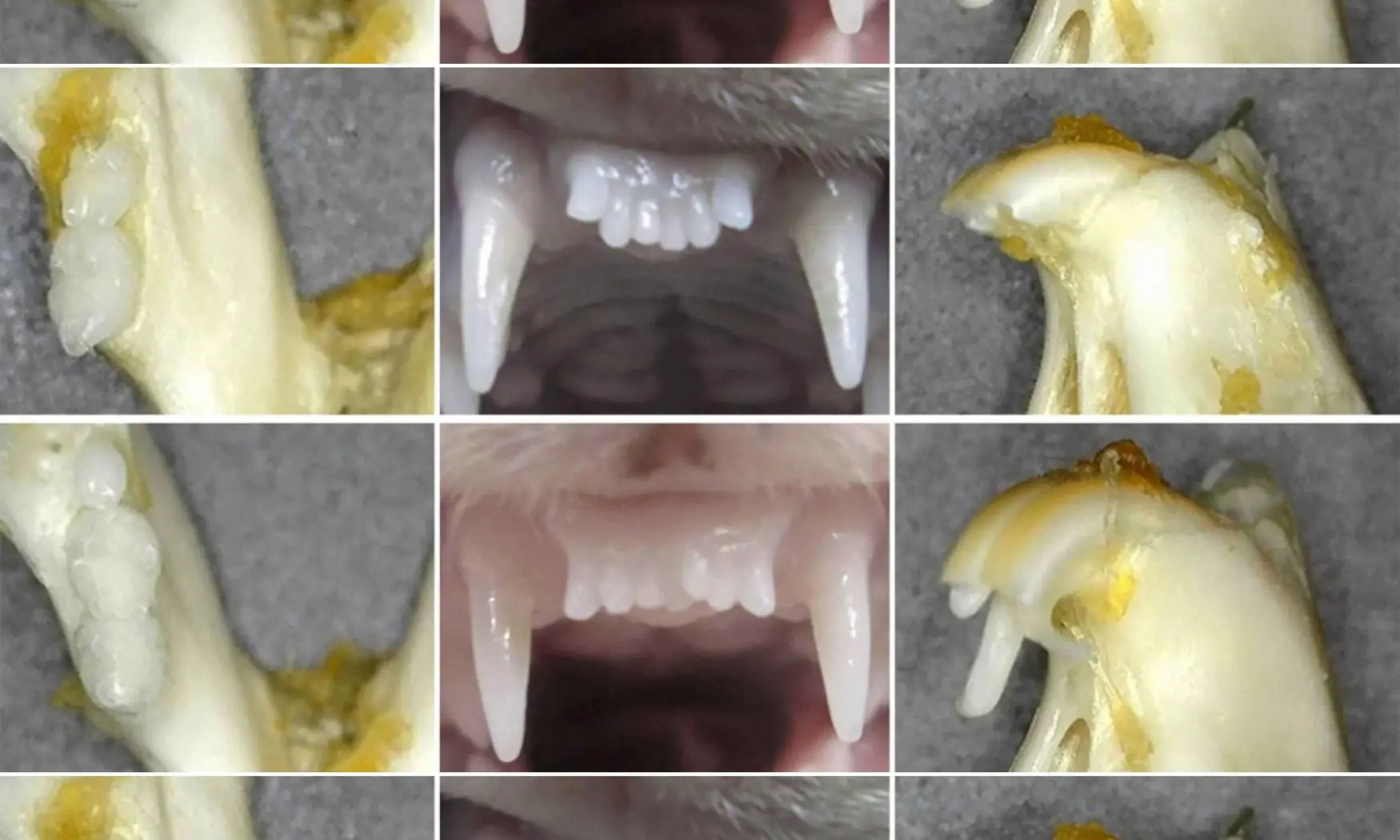
Tooth Regeneration Moves Toward Trials
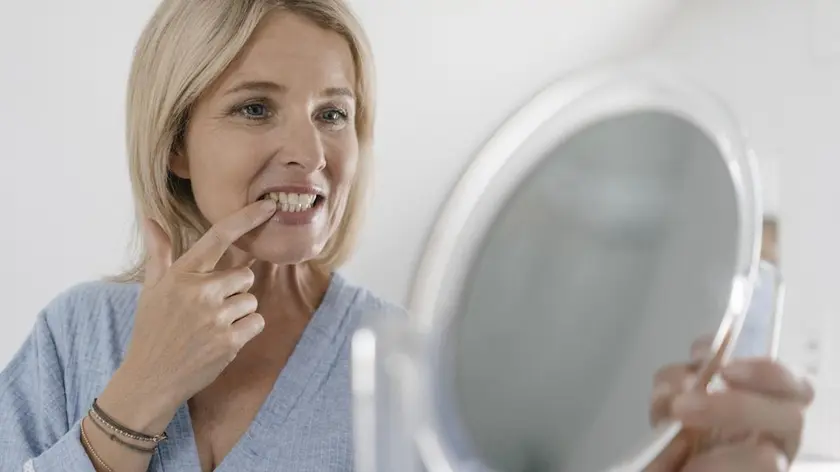
Daily Habits Linked to Teeth Yellowing

New studies explore sunlight benefits for health

Biological factors shape attraction new research finds

Exploration into methylene blue reveals mixed outcomes

Sweat location signals health clues
